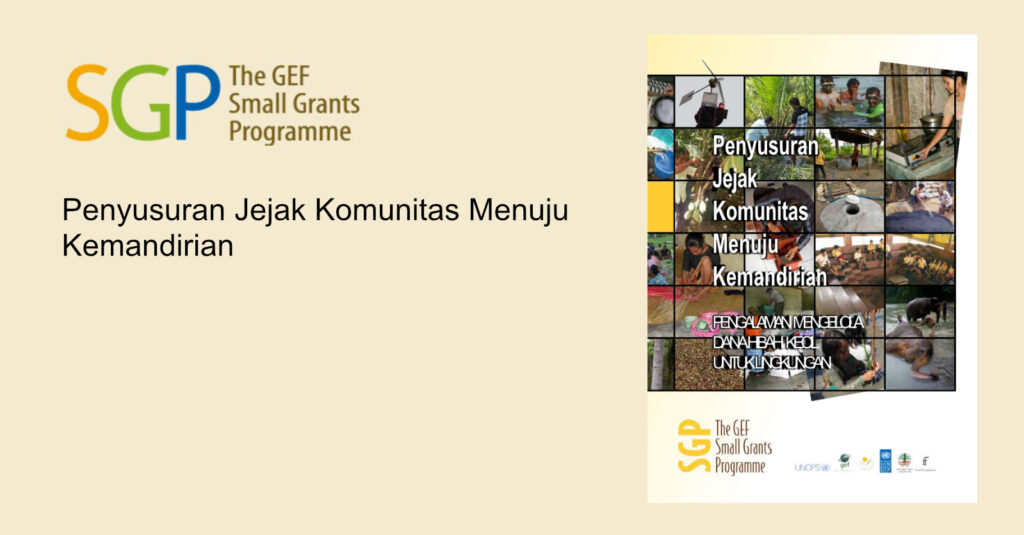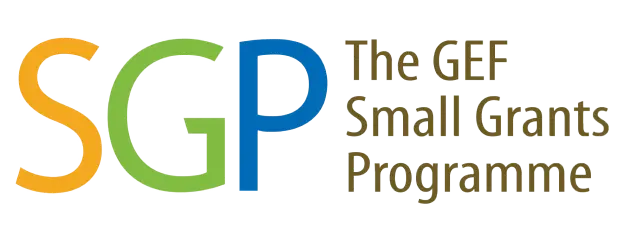
After a hopeful series from Bali 2007 to Copenhagen 2009, reportedly with unsatisfactory results, the world community continues to hold out hope to prevent temperature rise and slow the deterioration of the earth. There has been a reported flurry of activity by interlocutors, heads of state, scientists, policymakers, and activists to reach a serious, legally binding global agreement to cut carbon emissions enough for the earth and its inhabitants to simply survive.
Among the discourses, noble words, statistics, and recommendations of scientists, anecdotes and social-ecological analysis are scattered like sand in the sea. In general, these little stories make it to the sideshows and rarely reach the main table, where the fate of entire civilizations and future generations is at stake.
The United Nations, through environmental conventions such as the Convention on Biological Diversity (CBD) and the United Nations Framework Convention on Climate Change (UNFCCC), has tried to open access to wider civil society participation to bring the negotiation arena closer to the community. This book is one of the ways active documentation can bring communities and their contributions closer to two major topics that determine the direction and results of the CBD and UNFCCC conventions, especially for climate change mitigation at the local, national, and global levels.

